Prurigo nodularis and Its Homeopathic Treatment
Prurigo nodularis can be treated by the best homeopathic doctor and patients can best rest assured about homeopathy in Hyderabad. Get ell soon and fix an appointment with a homeopath.
Prurigo nodularis (PN), also referred to as nodular prurigo, happens to be a skin disease that is characterized by pruritic (itchy) nodules which tend to appear on the arms or even legs. Patients often are affected by multiple excoriated lesions that are caused by scratching.
Consulting the best homeopathic doctor is very essential to get relief.
Signs and symptoms for Prurigo nodularis
Prurigo nodularis is a skin disease, especially found on the forearm, legs, and neck. It can affect other areas as well. They are multiple nodular skin lesions with tiny open wounds due to intense itching. They are found in groups, which may vary from a few to a couple of hundreds.
It may appear as a small, red itchy bump about half an inch to about two centimeters in diameter, with crusting and scale in recently scratched lesions which then turn darker and paler compared to surrounding skin.
The skin between the nodules is usually dry with itching so intense that the patient keeps on scratching it for hours on end which sometimes leads to secondary infection.
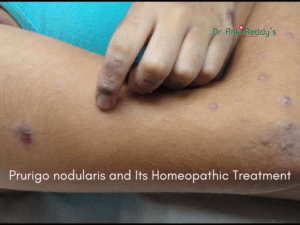
Repetitive scratching, picking, rubbing may lead to permanent changes to the skin like nodular thickening (lichenification), hyperkeratosis, hyperpigmentation (dark pigmentation), and skin thickening in spots.
Scaly, crusted, scabbed, and unhealed lesions are seen even after relieving the itch with medication. New nodules may keep on appearing but existing nodules may regress spontaneously leaving scars. This disease may run for a long time leading to stress and a lot of depression in patients.
Homeopathy in Hyderabad can be thought of as a cure.
Causes of Prurigo nodularis
The exact cause of Prurigo nodularis is not known. Autoimmunity and genetic factors seem to play role in the development of this disease.
Many of the patients present with a personal or family history of eczema or atopic dermatitis, asthma or hay fever, or some allergic disorders.
This disease is often associated with internal diseases such as kidney failure, anemia due to iron deficiency, or metabolic disease such as intolerance to protein (called gluten enteropathy), and many other diverse conditions such as HIV infection, psoriasis, Lichen Planus, etc.
Diagnosis of Prurigo nodularis
Prurigo nodularis can be diagnosed clinically by visual examination, as these are large, more or less symmetrical nodules with intense itching.
Several conditions resemble Prurigonodularis such as Lichen planus, psoriasis, even eczema at times. Careful examination, clinical experience, and support of biopsy reports would help establish the exact diagnosis.
Skin biopsy
It is important to identify underlying diseases that are associated with nodular prurigo; blood tests may include full blood count, liver, kidney, and thyroid function tests.
Treatment:
Prurigonodularis is a challenging disease to treat. The conventional treatment includes the use of cortisone, cryosurgery, and use of antibiotics wherever there is an infection.
Antihistamines are prescribed to take care of itching, which helps take care of the itching superficially. Thalidomide is a medicine stated in the medical books for this disease but it is not much used due to heavy side effects such as genetic birth defects.
Homeopathic treatment for Prurigo nodularis:
The homeopathic treatment will focus on the genetic and autoimmune factors in the background while deciding the medicine which works at a deeper level. The results are good and encouraging. The patient will require keeping patience. Homeopathy is strongly indicated.
Homeopathic Medicine for Prurigo nodularis
Merc Sol, Echinacea, Arsenic Iod.
Conclusion
Do try out the best homeopathic doctor for the best and reliable treatment. Patients are keen to get the best treatment and homeopathy is a good and viable solution.
Well qualified and experienced homeopathic doctors can deal with patients’ concerns by focusing on patient-centric treatment.
For more information click below the link

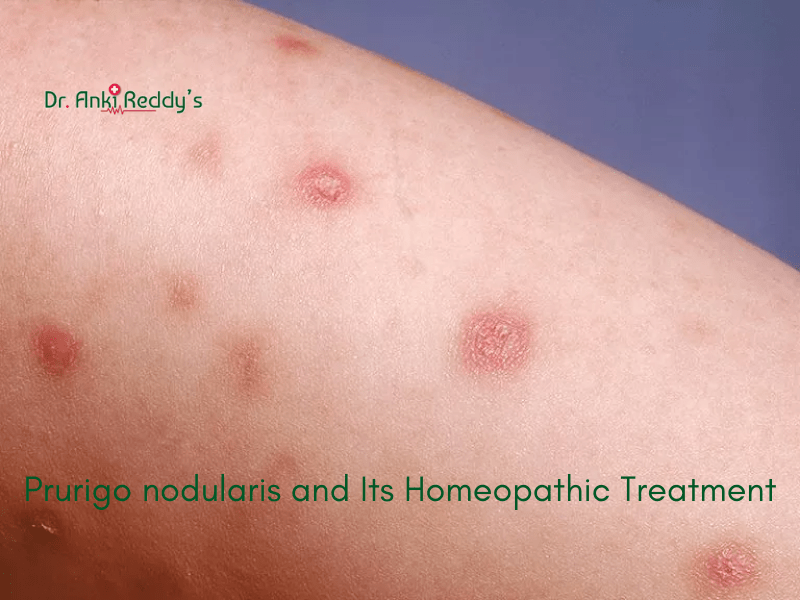


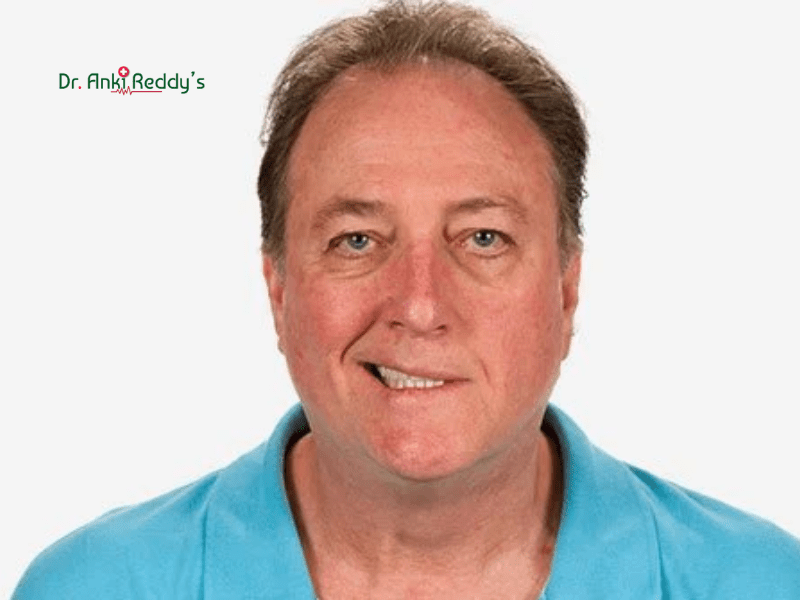

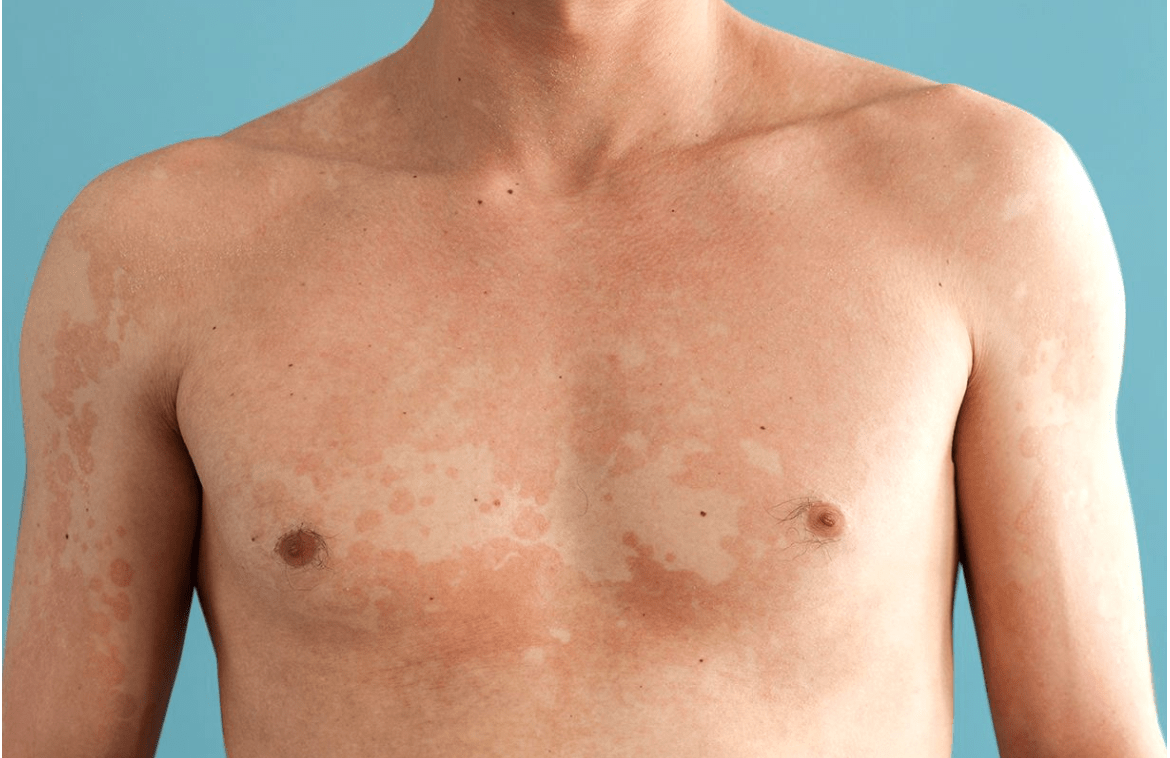
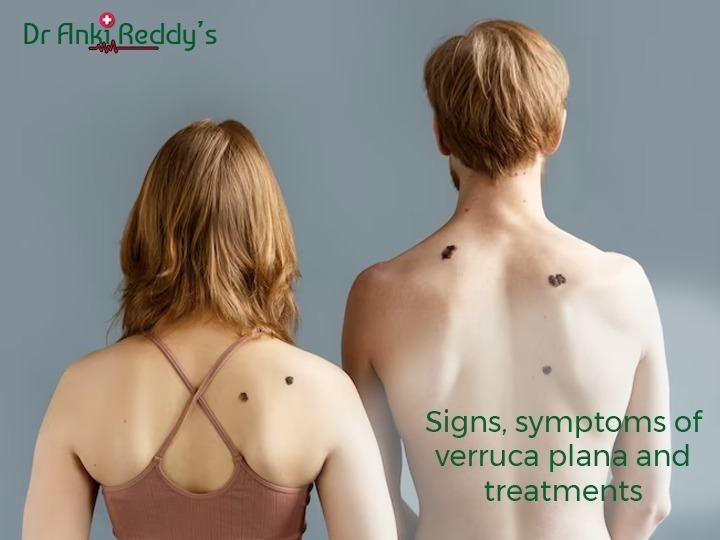

There are no comments